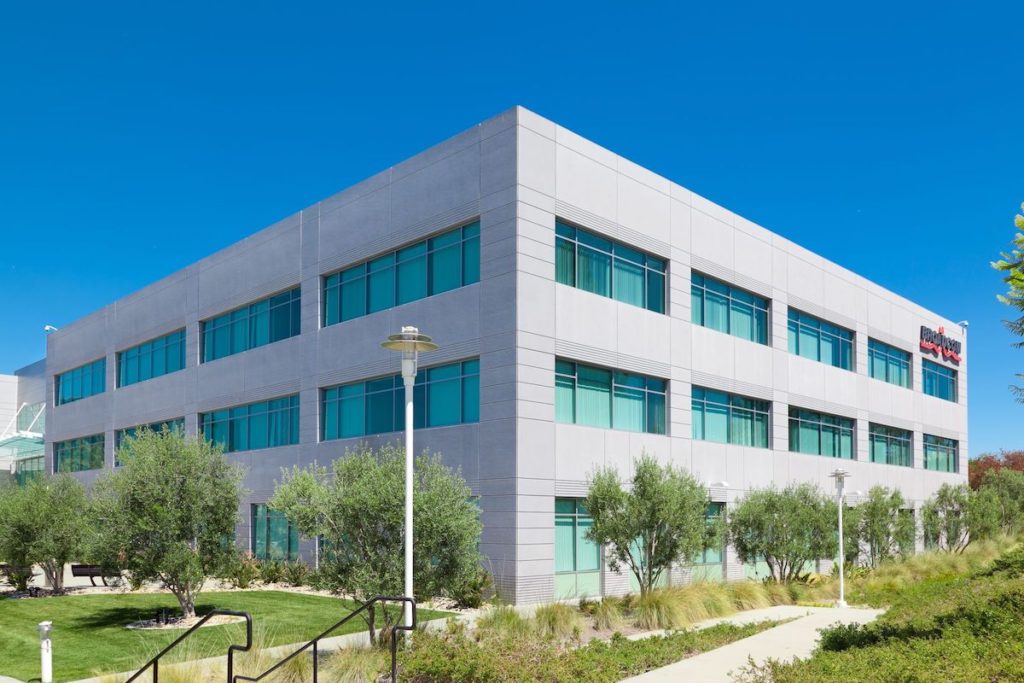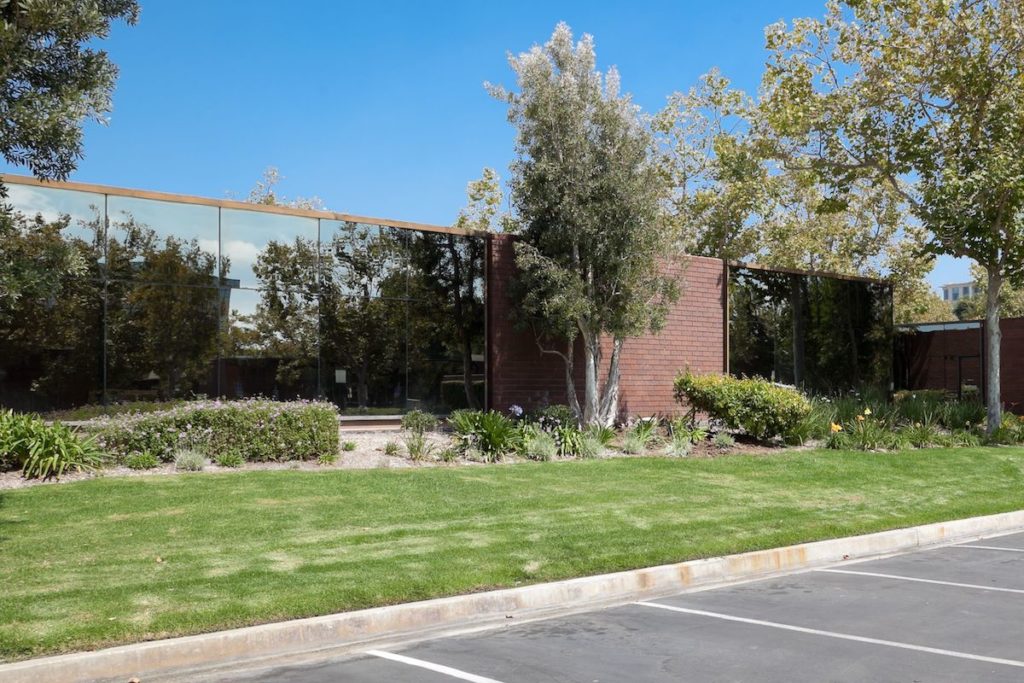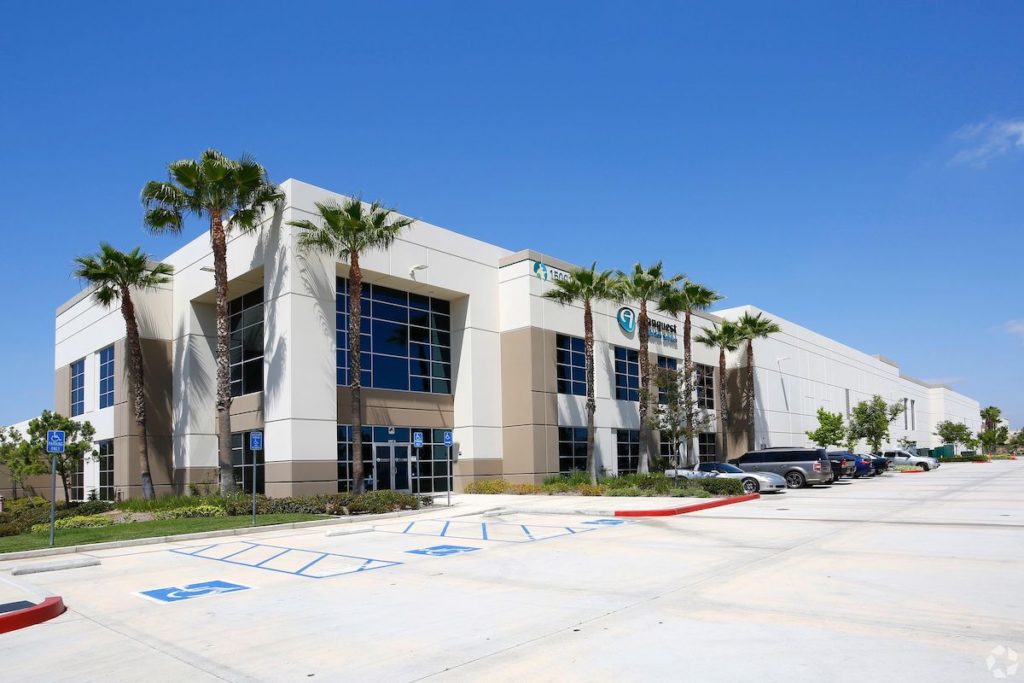Believe it or not, this is a question that is very difficult to answer.
The easy assumption to make would be yes, mortgage rates are destined to rise because the Fed is in the middle of an aggressive monetary tightening binge. Generally speaking, when the Fed Funds Rate goes up, so does the cost of borrowing across the board.
Certainly everything tied to the Prime Rate will move up in lockstep to the Fed Funds Rate because the two benchmarks run together, basis point for basis point. So, if you have a home equity line of credit tied to Prime, you can count on your variable rate to head north in the second half of the year. Likewise, the interest rate on your credit cards is just as likely to rise. Ditto for car loans. Ditto for many personal and business lines of credit.

But, what about commercial property mortgage rates? Before we drill down on that one, let’s take a brief look back at the past couple of years to get some context. In August of 2020, the rate for an SBA 504 loan, the most widely used in owner-user deals, sat at a record-low 2.26%. Today that same loan carries a rate of 5.11%, and that is after an 8-basis-point decline this month. That means that borrowing cost have more than doubled in less than two years, and the Fed didn’t start raising rates until March of this year. Just since January, the 504 rate is up by more than 60%.
So, how the heck did that happen and if things are so unpredictable, what do we have to look forward to. We don’t pretend to have all the answers. Even our most sophisticated contacts in the lending industry throw up their hands in frustration when we press them for answers. Nothing seems to be adding up in a way that makes the cost of borrowing predictable in any meaningful way.
In fact, predicting anything with any level of accuracy is tougher than it has ever been. It seems like every asset class is fraught with uncertainty and volatility. We get whiplash just looking at the trading results from the DJIA, S&P 500 and NASDAQ each day. It seems all but futile to make sense of their daily performances. But none of those stock indexes set mortgage rates, thankfully. However, the yield on the 10-year Treasury does weigh heavy when it comes to the direction of mortgage rates. The 10-year has long been the go-to index for setting rates, with lenders applying a spread over the 10-year yield as their primary methodology for setting the interest rate on loans for both residential and commercial properties. It’s not absolute, but you can usually get a pretty good idea on which way rates are going by keeping an eye on the 10-year yield.

So, where is that yield these days? The crude but true answer is: all over the frickin’ place. It now seems as fickle as the Dow or the Nasdaq, and on any given day it can move up or down 10-20 basis points for reasons even the most skilled professionals have a hard time explaining. On June 14th, the 10-year yield hit a multi-year high of 3.48%, but has plummeted to 2.79% as of July 22nd. We admit we did not see that one coming, but neither did anybody else.
So, what possible explanation is there for such wild swings? Our answer is rampant uncertainty about everything. These are very unsettled times. The daily headlines, both domestic and international, are all over the map. Inflation, war, polarized politics, etc, etc. It’s as if the world is in a gigantic grinder and somebody keeps throwing more mystery meat into the hopper every day. It’s easy to get too close to it all and react to daily events, so we do our best to look at the world from a higher altitude because we feel that gives us a better vantage point for determining longer term trends.
That brings us back to the question posed by our headline: are rates set to spike further. Our answer is yes. We just don’t know by how much. The Fed is going to keep jacking up rates. Mr. Powell and his friends have made that clear. It is a matter of how much and how fast. If this is true, the case for mortgage rates moving higher is pretty good.
Best case, in our opinion, is that we see owner-user and investor property rates move into the 6% range by the end of the year. Worst case, it could spike much higher if the 10-year treasury yield decides to move up with the Fed Funds Rate. But, that all depends on the Fed’s success in taming inflation with just a few more rate bumps. If that effort is unsuccessful, it’s fasten-your-seat-belt time, and mortgages could get very expensive as the Fed doubles down on higher rates to halt the inflationary spiral. We have lots of friends who were around in the early 1980’s when owner-user mortgage rates were over 15%. Given a choice, we would rather not have that experience. We will take their word for it that it was ugly.
Assuming mortgage rates do rise significantly in the near term, how will that manifest in terms of investor behavior? First of all, demand for property will likely decline as the pool of buyers using leverage for their acquisitions will shrink. We have already seen owner-user demand decline in the past few months and we fully expect that trend to continue. That means properties will take longer to sell and available inventory will accumulate. We don’t see it in the numbers yet, but the psychology of the market has already shifted. That will manifest as measurable action in the coming quarters.
Some in our profession point to record-low vacancy as a reason to believe that current market valuations will hold. Vacancy was unchanged in Q2, but we are predicting an increase in the final two quarters of 2022. While we could quadruple vacancy in Orange County and still be under 5%, even a small increase could cause further erosion of demand and a flurry of new supply at the same time. Our experience is that the psychology of the market is what drives decisions to buy or exit the playing field. So, if a new direction becomes clear, transaction velocity could slow substantially, even though the stats would show that the market remains tight.

As far as leasing goes, we still see strong demand, at least for the short term. Would-be owner-user buyers who opt out of acquisitions, will boost leasing demand and support further rental rate growth. But, if the US economy officially enters a recession, all bets are off. And, we will know soon enough, as the first estimate of Q2 GDP will be released on July 28. The Atlanta Fed’s GDP Nowcast is forecasting a decline of 1.6%. That, on the heels of a decline of 1.6% in Q1, would make it two consecutive quarters of GDP contraction, the textbook definition of a recession.
We will continue to do our best to keep you informed. In the meantime, we recommend to all of our clients who have been contemplating a disposition in the near term to take action sooner rather than later. The upside potential for further price appreciation has been severely limited and the likelihood of pricing moving in the other direction is much higher.
Stay tuned…


Leave a Reply
You must be logged in to post a comment.